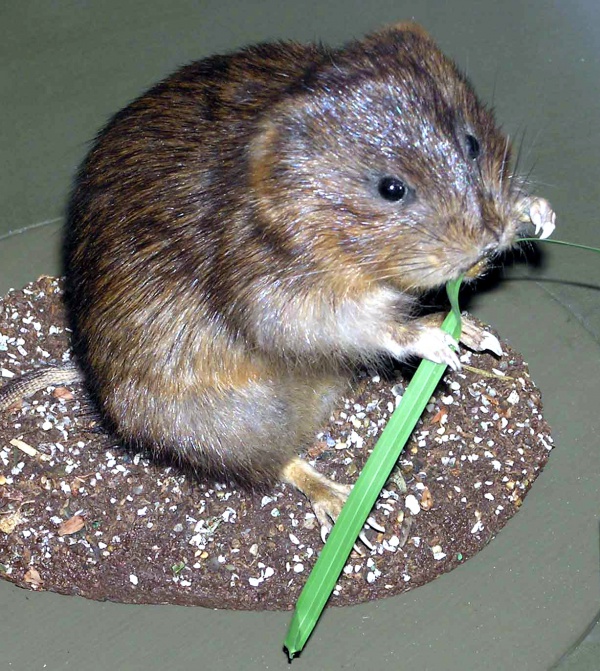Facts About European water vole
The European water vole, often referred to as the northern water vole or simply the water rat, is an endearing semi-aquatic rodent renowned for its rounded snout, rich brown fur, plump face, and tiny, fuzzy ears. In the wild, these small creatures lead relatively short lives, averaging around five months, though they can live up to two and a half years in captivity.
In terms of size, water voles typically measure between 14 and 22 centimeters in length, with tails that are about half the length of their bodies. They are distributed across Europe, Russia, West Asia, and Kazakhstan, usually inhabiting areas near water bodies that boast abundant vegetation. Their diet primarily comprises grass, plants, and fruits, but they occasionally consume frogs and tadpoles.
Breeding for water voles occurs from March through late autumn. Female voles have a gestation period of approximately 21 days and can give birth to as many as 8 pups at each birthing. These animals are generally solitary and delineate their territories with fecal latrines. While they are excellent swimmers and divers, they can become notably aggressive if another vole encroaches on their space.
Predators, including wildcats, foxes, owls, and mustelids, pose significant threats to water voles. In the UK, their numbers have dramatically declined due to predation by American minks as well as habitat destruction. Fortunately, conservation efforts are underway to protect these captivating creatures, including reintroduction programs in various regions.
Water voles have also left their mark on literature. The character "Ratty" from Kenneth Grahame's cherished book "The Wind in the Willows" is a water vole. They have also been featured in other works, such as "Cold Comfort Farm" and in poems by authors like C. S. Calverley.
These fascinating little animals not only play a vital role in their ecosystems but also hold a special place in our cultural imagination.

 Ireland
Ireland